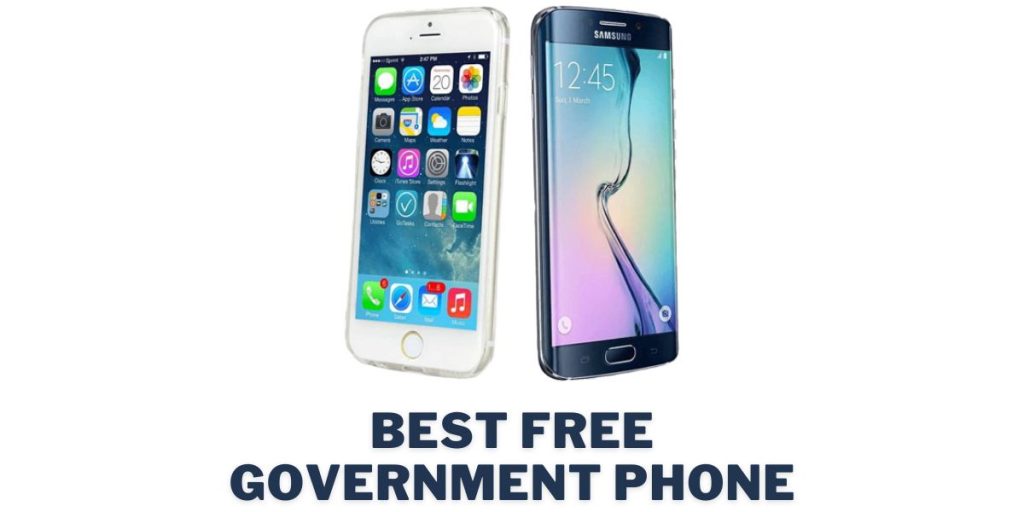
Mobile phone sales are a booming industry. Consumers spend millions each year on new phones and data plans.
The Affordable Connectivity Program (ACP) is a new government assistance program that helps families cut or even eliminate their monthly cell phone bills. Households can qualify by submitting proof of income, like scans of pay stubs or a W-2 form.
Increased Sales
When consumers spend money on products they love, it helps the economy. Whether rich or poor, when consumers buy products, companies make money and the government collects increased tax revenues. This cycle creates wealth in the United States and the rest of the world.
While there have been instances of fraud and abuse in the Lifeline program, the free government phone program has many benefits for low-income consumers and cell phone providers alike. For one, it has helped revitalize the wireless industry in America and worldwide. Wireless networks help to boost productivity and efficiency across several industries, including agriculture, transportation, health care, energy, education, and more.
Currently, Lifeline subscribers receive one monthly subsidy that can be used to pay for either a landline or a wireless service. Most subscribers choose to go with the wireless option. Most of the funding for Lifeline comes from a Universal Service Fund fee that most carriers add to their bills, and which is paid by wireless consumers.
However, an additional $11.2 billion in state and local taxes and fees are imposed on wireless consumers not part of the Universal Service Fund. These taxes disproportionately impact those least able to afford them and slow investment in wireless infrastructure.
Increased Tax Revenues
A free cell phone with food stamps is a great way to connect with the world. But this technology is out of reach for many people due to financial constraints. Fortunately, the government is helping to break this digital divide by providing smartphones through programs. These smartphones are free to qualifying individuals with income proof or participation in government assistance programs. This helps them stay connected to their families, friends, and employers while reducing their financial burden.
As a result of the program, many small cellular companies are growing and gaining traction in the marketplace. This increase in business leads to higher tax revenues. The program also benefits the economy as a whole. When Apple or Samsung releases a new product, people camp out all night to get the first one out of production. This is good for the economy as consumers are spending more money, generating tax revenues.
As the world continues to evolve, everyone needs to be able to communicate with one another. This is especially true for those living in low-income households. Despite the controversies surrounding the program, there are many reasons why it should continue to be supported by our federal government. The program can be expanded so that more Americans can benefit from it.
Increased Customer Base
For many families, a phone might seem like a luxury they cannot afford, but the free cell phone program bridges this economic divide. It is the best way for poor Americans to communicate with family, friends and emergency services. The program also provides access to online resources and educational tools to help them become financially independent.
For those who are interested in taking advantage of the free phone program, it is important to know how to qualify for it. The government requires certain documentation to verify eligibility, which could include pay stubs or a W-2 form. In addition, some carriers offer additional discounts for seniors, veterans, or service members. It is important to research the options available and select a plan that meets your needs.
While the free phone program may have some critics, it has proven to be a valuable resource for millions of families in America. As long as telecommunication companies continue to make a profit, it is likely that the program will remain in place. After all, the program is subsidized by taxpayers, who deserve a return on their investment. If the phones are used responsibly, the benefits can be great for the poor and the phone providers. As a result, it is important to understand how the program works and what steps are being taken to prevent fraud and abuse.
Increased Profits
The subsidized mobile phone market is a booming business for companies that operate the Lifeline program. They are also an FCC-supported brand participating in the Affordable Connectivity Program. The Lifeline program reimburses cellphone carriers for the costs of each smartphone or tablet that they give away to low-income households as part of their plan offerings. This helps the government bridge the digital divide and ensure that individuals have access to the tools they need to pursue opportunities, seek services, and maintain social connections.
The free smartphones and monthly plans are designed to help individuals manage their finances, gain employment, and improve their quality of life. As such, these phones are a necessary tool for many Americans. However, the program has become controversial in recent years due to allegations of fraud and abuse. However, recent reforms have been aimed at curbing these issues.
In addition, many private-sector firms are entering the subsidized mobile phone market by offering smartphones and plans at a lower cost than traditional carriers. These providers can compete with the big telecoms and offer a more personalized customer experience. As a result, these companies generate increased profits and tax revenues that benefit the economy.
